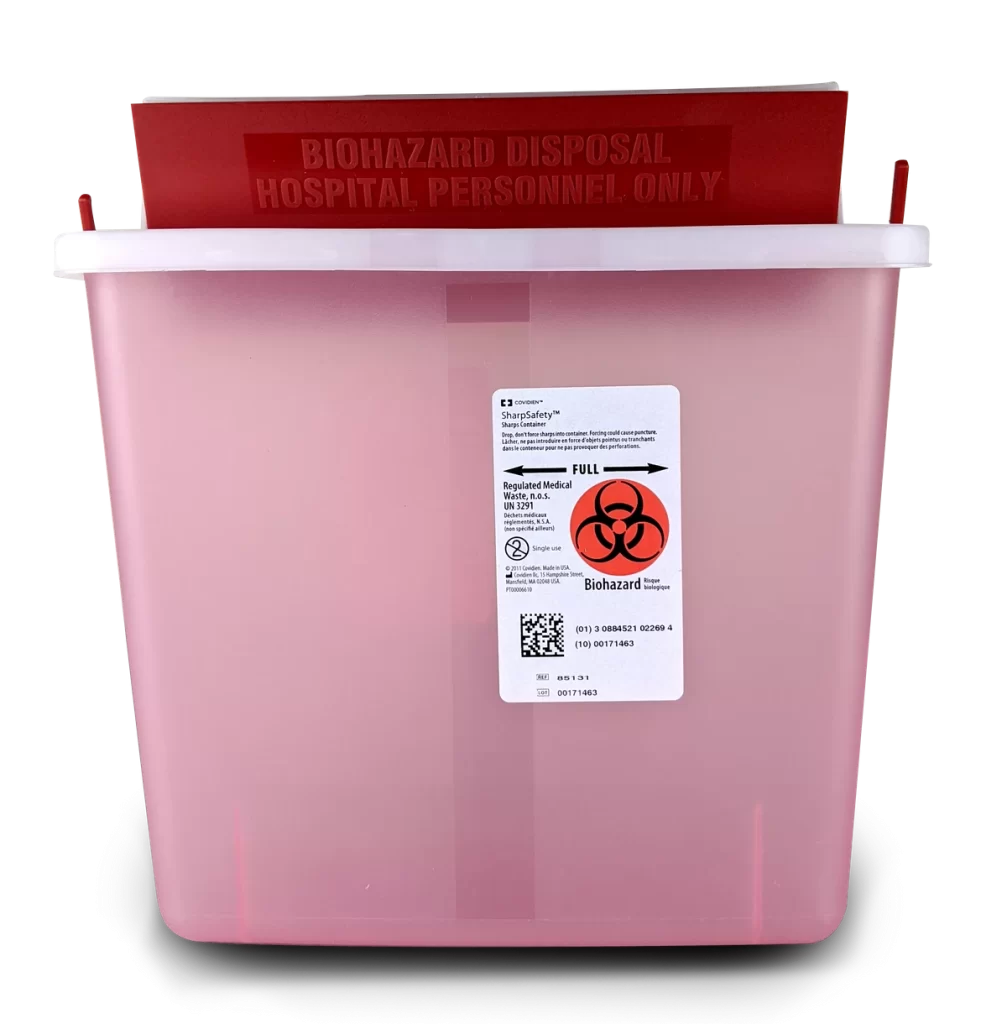California Regulated Medical Waste Compliance Standards
In the state of California, the Medical Waste Management Program (MWMP), in the Environmental Management Branch of California’s Department of Public Health (CDPH), regulates the generation, handling, storage, treatment, and disposal of medical waste by providing oversight for the implementation of the Medical Waste Management Act (MWMA) (California Health and Safety Code Sections 117600 – 118360). The MWMP permits and inspects all medical waste offsite treatment facilities and medical waste transfer stations. At the federal level, some aspects of medical waste management are also controlled by the Occupational Safety & Health Administration (OSHA) and Department of Transportation (DOT).
How California Defines Medical Waste
In California, medical waste is defined under the California Medical Waste Management Act (MWMA), codified in the California Health and Safety Code, Division 104, Part 14, Section 117690. This statute specifies that the term “medical waste” encompasses materials generated or produced as a result of:
- Diagnosis, treatment, or immunization of human beings or animals.
- Research activities related to the above-mentioned medical procedures.
- Production or testing of biologicals (medicinal preparations made from living organisms and their products, including serums, vaccines, antigens, and antitoxins).
- Accumulation of properly contained home-generated sharps waste brought to approved consolidation points.
- Removal of regulated waste from trauma scenes by authorized practitioners.
The statute further categorizes medical waste into:
- Biohazardous waste.
- Sharps waste.
Additionally, trauma scene waste is explicitly included in the definition of medical waste.
Medical Waste Generators
California’s Medical Waste Management Act (MWMA) identifies various medical waste generators across different sectors. These include Large Quantity Generators (LQGs), such as hospitals, skilled nursing facilities, and research laboratories, which produce 200 pounds or more of medical waste per month, and Small Quantity Generators (SQGs), such as private medical or dental practices, veterinary clinics, and small healthcare offices, which generate less than 200 pounds per month.
Other identified generators include trauma scene waste practitioners, home-generated sharps waste consolidation points (e.g., pharmacies or local government programs), and veterinary clinics or animal research facilities. Additionally, pharmacies disposing of pharmaceutical waste, research laboratories, biotechnology companies, and funeral homes are classified as medical waste generators. The list also includes home health care providers, schools and universities conducting biomedical research or medical training, and correctional facilities with medical programs.
Storage, Handling and Disposal Regulations
Medical waste generators in California are regulated under California’s Health and Safety Code, Division 104, Part 14, which governs the handling, storage, and disposal of medical waste. Medical waste generators must register with either their Local Enforcement Agency (LEA) or the California Department of Public Health (CDPH), depending on their location. They are required to submit a written Medical Waste Management Plan to the appropriate authority.
Medical waste must be stored in secure, labeled containers that are leak-proof, rigid, and puncture-resistant, with storage areas kept clean and sanitary. Waste segregation at the point of generation is required, separating biohazardous, pharmaceutical, pathological, and sharps waste. Handling must involve proper labeling, employee training, and the use of personal protective equipment (PPE).
In California, the storage duration for untreated biohazardous medical waste depends on the quantity of waste generated per month:
- Generators producing less than 20 pounds per month:
- Untreated biohazardous medical waste can be stored for up to 30 days once the waste container is full, or until 30 days have elapsed from the start date of accumulation, whichever comes first.
- Generators producing 20 pounds or more per month:
- Untreated biohazardous medical waste must be disposed of within 7 days of being placed in the storage container.
- Refrigeration exception:
- If the waste is stored at a temperature of 32°F (0°C) or below, the storage duration can be extended to 90 days, regardless of the quantity generated.
These rules are regulated under the Medical Waste Management Act (MWMA) and enforced by the California Department of Public Health (CDPH) or the local enforcement agency.
Disposal methods include approved treatment technologies such as autoclaving or incineration, with registered medical waste haulers used for transportation unless generators qualify for exemptions. Home-generated sharps must be disposed of at designated collection points, not in household trash. Generators must maintain records of waste tracking and disposal for at least three years and comply with inspections and permitting requirements overseen by the California Department of Public Health (CDPH) or Local Enforcement Agencies (LEAs). Non-compliance can result in penalties or fines.
All medical waste generators in California are responsible for maintaining compliance with local, state, and federal regulations governing the management, storage, treatment, and disposal of medical waste. This content is provided for general informational purposes only and is intended as a high-level overview. For the most current and detailed requirements, please refer to the applicable regulatory authority in your jurisdiction.



